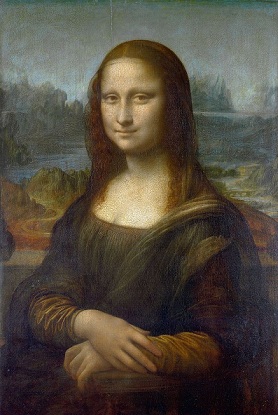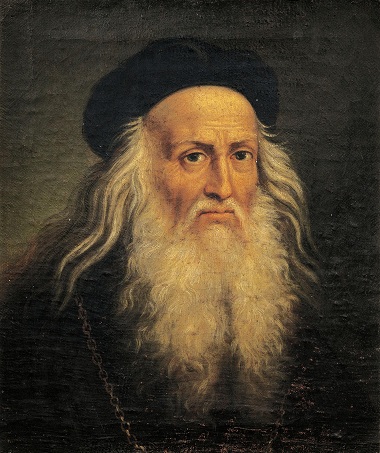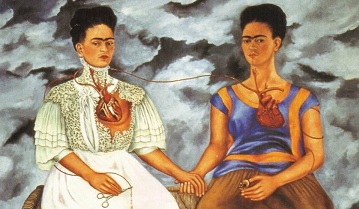Products You May Like
From the Renaissance to Pop Art, we rank the most renowned craftsmen arranged by fame and notoriety. What makes a craftsman incredible? It takes ability, obviously, and a virtuoso for development.
Additionally, having a type of vision makes a difference. However, an extraordinary craftsman is recognized by an exciting capacity to take their second on schedule and distil its pith, making the subsequent work immortal.

For instance, the Mona Lisa is restricted to dress, and haircut is only for a lady from the Renaissance.
In any case, her appearance—unobtrusive, uncertain—has given her a persona that will endure the ages.
Thus it goes, for her maker, Leonardo Da Vinci, yet in addition for different craftsmen (a large number of them remembered for New York galleries like The Met, MoMA, and the Guggenheim) on our rundown of the most famous specialists ever.
Leonardo da Vinci

Michelangelo

However, he bobbed between Florence, Bologna, and Venice, his most prominent payments were for the Medici Popes (counting Julian II and Leo X, among others) in Rome.
Besides the previously mentioned Sistine Ceiling, St. Peter’s Basilica, and Pietà, there was his burial place for Pope Julian II (which incorporates his notable cutting of Moses) and the plan for the Laurentian Library at San Lorenzo’s Church.
Twenty years after painting the Sistine Ceiling, he got back to the Chapel to make one of the best frescoes of the Renaissance: The Last Judgment.
Rembrandt

However, he is primarily known for pictures. He showed an uncanny capacity to summon the most profound musings of his subjects (counting himself through the play of look and the fall of light across the sitter’s elements.
Vermeer

From that point forward, he’s been perceived as one of craftsmanship history’s most significant figures, a craftsman equipped for delivering works of uncanny magnificence.
Many have contended the Vermeer utilized a camera obscura—an early type of projector—and absolutely the delicate haze he uses seems to hint at photorealism. However, the central part of his work is how it addresses light as a particular substance.
Jean-Antoine Watteau

However, the barometrical nature of his work would turn out to be exceptionally powerful for specialists like J.M.W Turner and the Impressionists.
Eugene Delacroix

A leading figure of Romanticism—which advantaged feelings over realism—Delacroix’s expressive paint taking care of and utilization of shading established the framework for progressive vanguard developments of the 1800s and then some.
Claude Monet

Additionally, his various investigations of bundles and subjects expected sequential symbolism in Pop Art and Minimalism.
However, similar token, his authoritative, late-vocation lily lake artworks foreshadowed Abstract Expressionism and Color-Field Abstraction.
Georges Seurat

Similarly, Seurat broke with the catch the second methodology of different Impressionists, going instead for an arranged compositional style that reviewed the tranquillity of traditional workmanship.
Vincent van Gogh

However, his artworks are among the most renowned and adored ever. (His canvas, The Starry Night, roused a treacly Top 40 hit by Don McClean.)
Van Gogh’s painting strategy with whirlwinds of thick brushstrokes comprised of splendid tones crushed directly from the cylinder would motivate the resulting ages of craftsmen.
Edvard Munch

Crunch’s profession was something beyond a solitary artistic creation. For the most part, he’s recognized as the forerunner to Expressionism, affecting craftsmen such twentieth-century specialists as Egon Schiele, Erich Heckel, and Max Beckmann.
